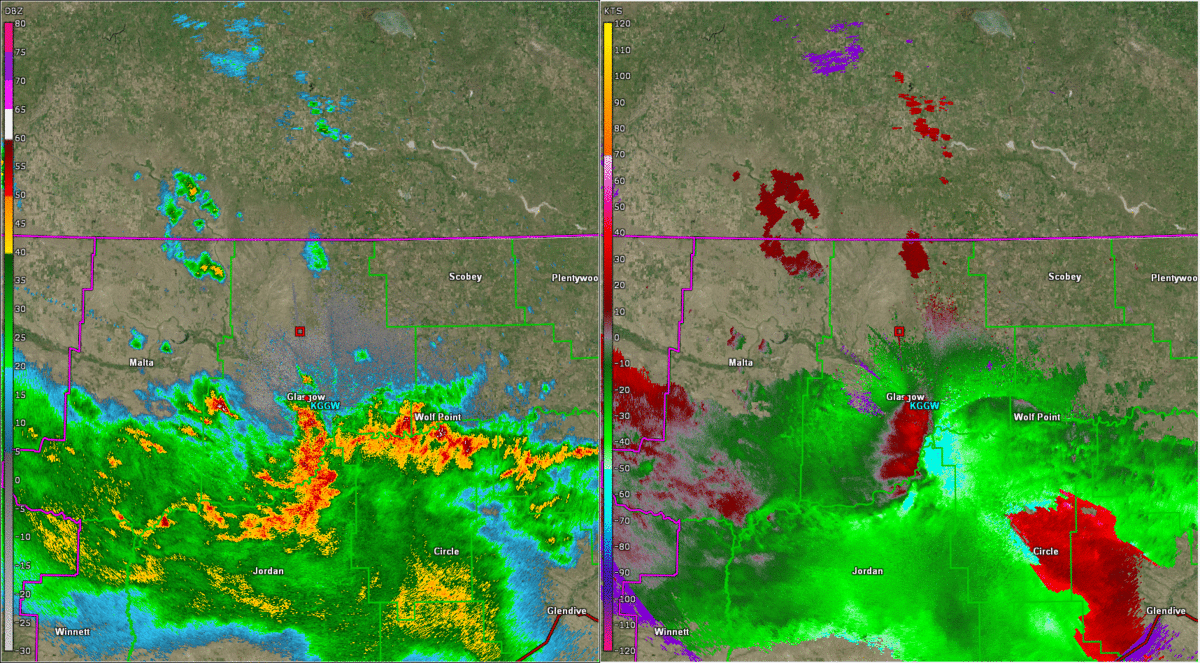The running joke(?) that 2020 was looking to be the end of the world also had some relevance in the 2020 traditional storm season. In short, this means that there had been relatively very few storm chasing opportunities across the Great Plains and Midwest, and for the opportunities that presented themselves, COVID-19 has in some way hampered many from partaking.
In long, COVID-19 reared its ugly head quickly and early on in 2020. As we entered the spring months, travel restrictions, shelter-in-place orders, and social distancing measures were implemented across the country. This translated to making travel less than ideal from both a convenience and safety standpoint during the spring months. Folks who come from overseas to chase storms in the US were not able to do so due to travel bans. Others lost their jobs, saw an uptick in work, or feared the uncertainty with their jobs that prevented them from chasing. Some with health issues or who have loved ones with health issues took the safety aspect seriously and decided the benefits of chasing did not outweigh the risks. In terms of storms, all of the issues associated with COVID-19 did not really matter because…
The US experienced a record-setting lull in severe weather during May - the one month of the year traditionally associated with chasing storms. In my opinion, this was a good thing. Severe weather can cause injuries (or worse) and destruction, which could potentially further burden local governments and health resources already strained by COVID-19. From a storm chasing perspective, if there was ever to be a down year, this was the year to have it when many were not able to travel. To put this in perspective, the Storm Prediction Center had a Facebook post regarding how anomalous this year was, and the Wichita, KS National Weather Service Forecast Office, who traditionally deals with an increased frequency of severe weather during the spring, also provided their perspective of this.
While 2020 was relatively quiet in terms of severe weather, the Plains still has seen some interesting events. On June 6, a derecho occurred in an area not commonly associated with derechos at that time of year. Write ups and information on this event are available HERE and HERE. Additionally, there was a “backward”-moving MCS/bow echo across Montana during the evening of May 20. I refer to it as moving backward because storm motion is typically eastward to some extent. Storm motion with any westward component is very rare. A GIF of the event is below (KGGW 0.5 degree reflectivity on the left, 0.5 degree base velocity on the right from 0304-0532Z).
In long, COVID-19 reared its ugly head quickly and early on in 2020. As we entered the spring months, travel restrictions, shelter-in-place orders, and social distancing measures were implemented across the country. This translated to making travel less than ideal from both a convenience and safety standpoint during the spring months. Folks who come from overseas to chase storms in the US were not able to do so due to travel bans. Others lost their jobs, saw an uptick in work, or feared the uncertainty with their jobs that prevented them from chasing. Some with health issues or who have loved ones with health issues took the safety aspect seriously and decided the benefits of chasing did not outweigh the risks. In terms of storms, all of the issues associated with COVID-19 did not really matter because…
The US experienced a record-setting lull in severe weather during May - the one month of the year traditionally associated with chasing storms. In my opinion, this was a good thing. Severe weather can cause injuries (or worse) and destruction, which could potentially further burden local governments and health resources already strained by COVID-19. From a storm chasing perspective, if there was ever to be a down year, this was the year to have it when many were not able to travel. To put this in perspective, the Storm Prediction Center had a Facebook post regarding how anomalous this year was, and the Wichita, KS National Weather Service Forecast Office, who traditionally deals with an increased frequency of severe weather during the spring, also provided their perspective of this.
While 2020 was relatively quiet in terms of severe weather, the Plains still has seen some interesting events. On June 6, a derecho occurred in an area not commonly associated with derechos at that time of year. Write ups and information on this event are available HERE and HERE. Additionally, there was a “backward”-moving MCS/bow echo across Montana during the evening of May 20. I refer to it as moving backward because storm motion is typically eastward to some extent. Storm motion with any westward component is very rare. A GIF of the event is below (KGGW 0.5 degree reflectivity on the left, 0.5 degree base velocity on the right from 0304-0532Z).
Regarding how all of this impacts my personal storm chasing adventures in 2020, in short, I had a record down year in storm chasing and photography. In long, I was already on the fence about taking a trip to the Plains this year. I started a new job in April, and while I was given the green light to take a week off in early June to chase, it didn’t feel right. Additionally, I had nowhere near enough vacation time built up to completely cover that week in terms of pay. With the uncertainty and safety concerns associated with COVID-19 in addition to the previously mentioned issues, my wife and I decided it was best to not take our annual trip to the Plains. Living in the Midwest, this usually would not be a death sentence in terms of storm opportunities. However, this was 2020. My chasing was reduced to a couple of drives within 10 miles of my residence to view some “eh” shelf clouds, and my first opportunity to photograph lightning came in November. This wasn’t for lack of trying or for work and other responsibilities getting in the way, which is usually an issue. There just wasn’t anything to chase. Hopefully 2021 is better in a lot of regards.


